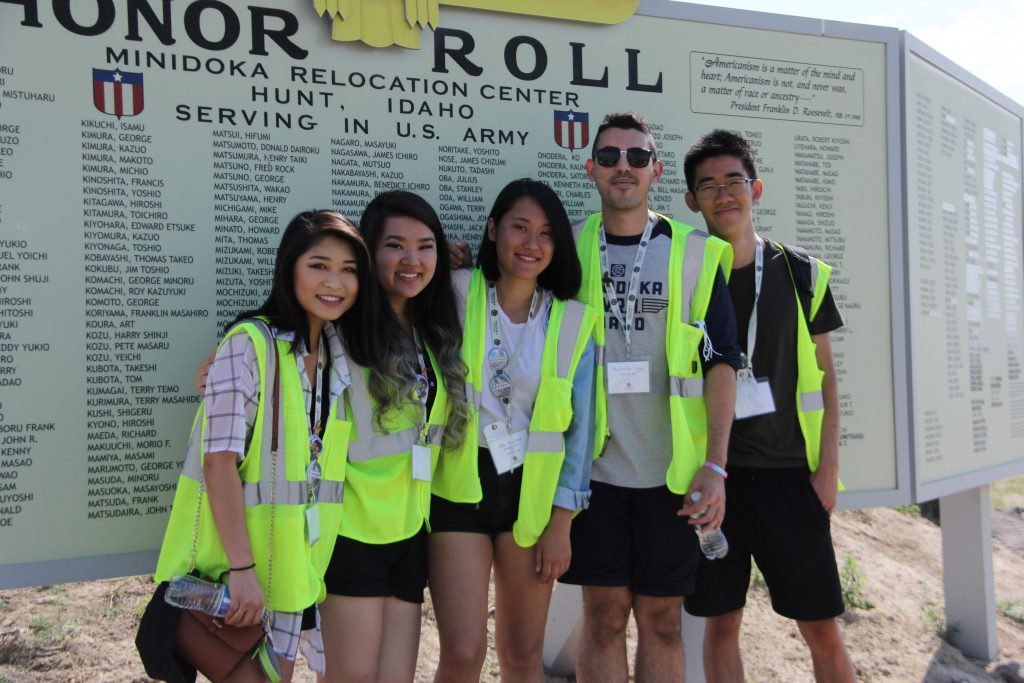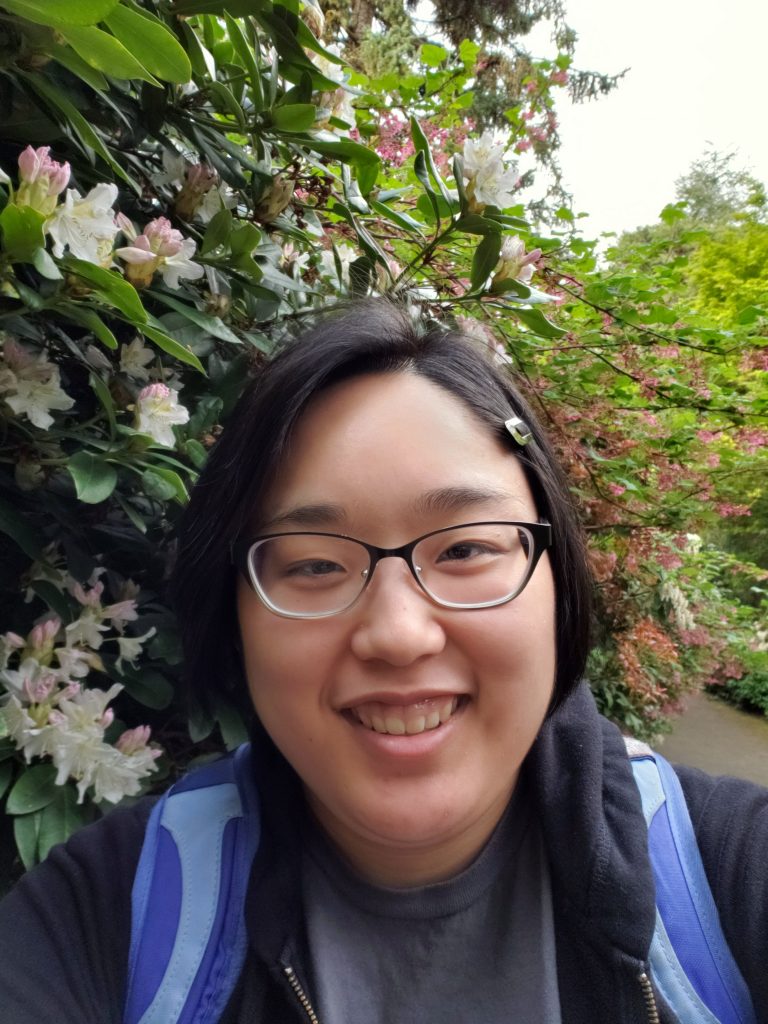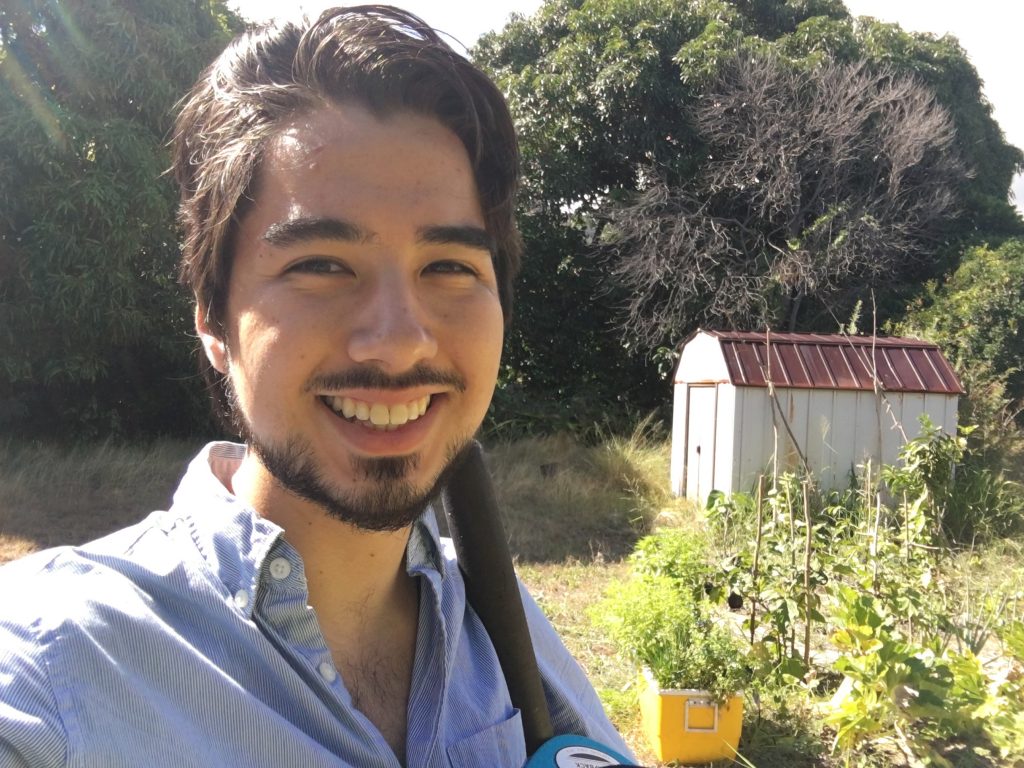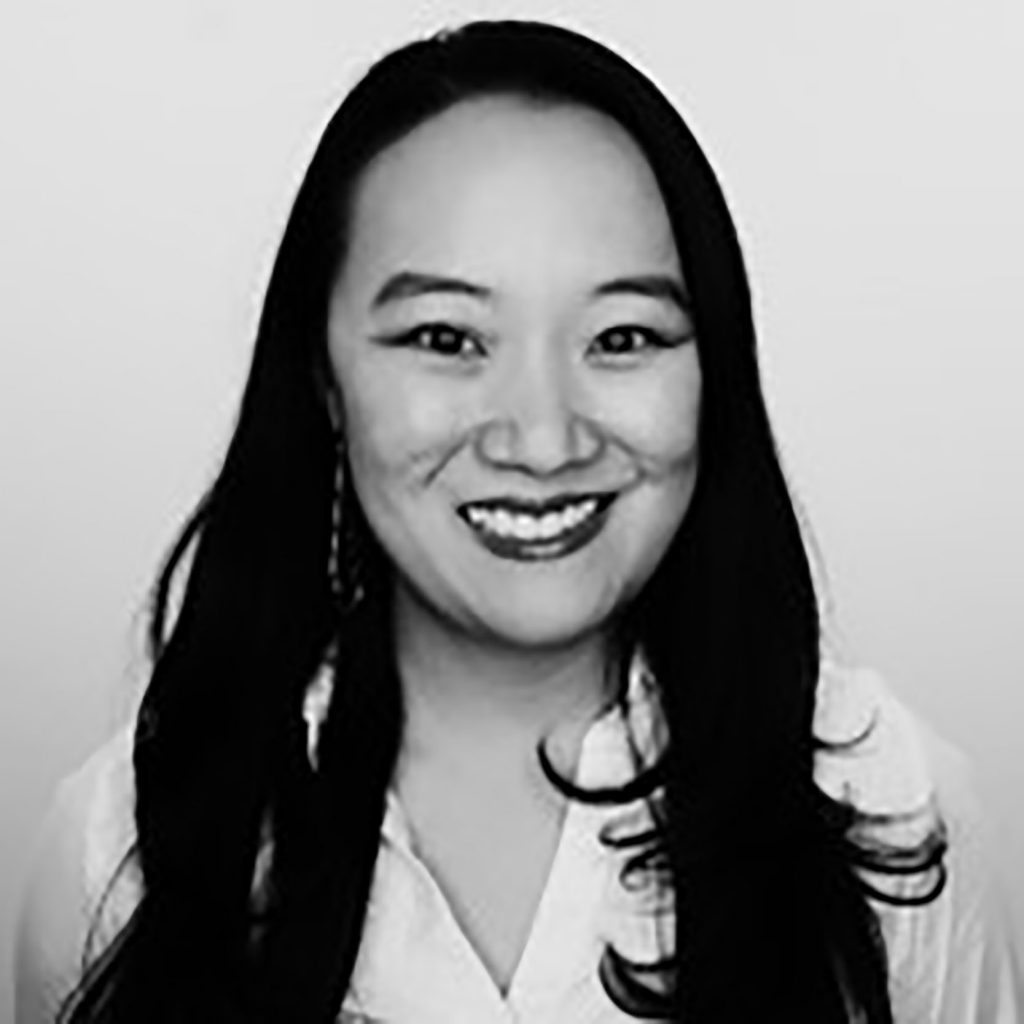May 19, 2019
To celebrate what would have been Yuri Kochiyama‘s 98th birthday, we asked next-gen Nikkei artists and activists to share what they’ve learned from Yuri’s revolutionary life — and how they carry on her legacy of building bridges and interrupting injustice in their own lives. Here’s what they had to say about what #YuriTaughtMe.
Yoko Fedorenko | Co-Chair of the University of Washington Nikkei Student Union (@NSU_UW)

Yuri taught me to glean power from my history, to be proud of who I am and to never forget that standing up for ourselves means standing up for others. Her legacy is a constant reminder of the strength and intelligence of the women of our community, and JA girls like me are so ridiculously lucky to have her example of bravery to look up to.
Stephanie Ikeda | Historian & Curator

I still remember when I first learned about Yuri Kochiyama. Even after furiously consuming any resource I could get my hands on about Japanese American history, I had never heard or seen her name anywhere until a visit to the Japanese American National Museum several years ago. I couldn’t believe that the woman who had stood by another hero of mine, Malcolm X, was a Japanese American woman activist who fought not only for her own community but for all people who suffer under a white supremacist society. Yuri was radically ahead of her time in so many ways, even if it meant absolutely obliterating (and then abandoning in a ditch) the stereotype of quiet, passive, conservative Japanese women.
Long before we in 2019 were protesting the Muslim Ban and family separation, Yuri was speaking up and showing up against anti-Blackness, U.S. imperialism, and Islamophobia. Before she was speaking up and showing up for Japanese American redress, Yuri and her family were embedded both physically and emotionally in the Black civil rights movement — they lived in a low-income project in Harlem in the 1960s, where they hosted the Freedom Riders and fought for integration and neighborhood safety as members of the Harlem Parents Committee. It is here where Yuri met Malcolm X, and though their friendship was brief due to Malcolm’s assassination she continued to fight — not just for Japanese American human rights and for Black human rights, but for Puerto Ricans, Muslims, Southeast Asians, and more.
Until a few years ago, I had never heard of Yuri or the work she had done. If we as Japanese Americans want to talk about undoing the harm that’s been done to our community and others, we should learn about Yuri.
Kenji Kuramitsu (@afreshmind) | Writer, Chaplain, and Psychotherapist

Yuri Kochiyama taught me about imagination and about abolition. She seamlessly connected the struggles of seemingly-disparate peoples under the unabridged umbrella of human liberation: nuclear disarmament, prison abolition, loving-kindness to the oppressed, mass decolonization.
#YuriTaughtMe that the power in and among us is always greater than that which seeks to destroy us. She wielded the power of both pen and sword, modeling a fierce and tender way of being for generations of healers and creators to come. Yuri consistently modeled her political commitments, reclaimed her ancestral name and power, and placed her body on the line for her neighbors. I seek to honor her legacy as a writer, a mental health worker, and a person of cautious hope and faith.
Courtney Ozaki (@caozaki)| Creative Producer & Performing Arts Manager at Japanese Arts Network

The interdependence of all things is a principle that I live by, and I believe a greater understanding of this “one-ness” encourages a more productive and empathetic society. Yuri Kochiyama once said “Life is not what you alone make it. Life is the input of everyone who touched your life and every experience that entered it.” It was with this in mind that my family and I recently joined a pilgrimage to Crystal City, TX, where my grandparents living in Peru during WWII were brought to be incarcerated in the US. While down south, we joined an inspiring group of individuals for a peaceful demonstration at the South Texas “Family Residential Center” in Dilley, TX, where women and children seeking asylum at the border are being held and separated.
I made a promise to community organizer Dr. Satsuki Ina that I would find a way to bring taiko drumming to this event in the hope that those being held within the facility might be able to hear our message of love, encouragement, and solidarity from outside. The taiko at this peaceful demonstration represented the heartbeat which is within us all and is shared across all cultures. As we played taiko alongside the many supporters who had come to raise their voices against the unjust separation of families and history being repeated, I realized that this diverse and multi-generational group was not only ‘standing in solidarity’ with the incarcerated — we were, in Yuri Kochiyama’s words, demonstrating that “we are all part of one another”; one people’s suffering is everyone’s suffering.
Yuri’s legacy inspires my every day ‘ikigai’ or ‘reason for being’. I am developing a national Japanese Arts Network that will lift-up artists who create with intention and are motivated by this impetus and other inherent Japanese values and principles. I am determined to follow in Yuri’s example — with the understanding that the arts have the power to educate and share important messages like this one, and that every effort makes a difference.
—
[Header photo courtesy of the Center for Asian American Media.]
